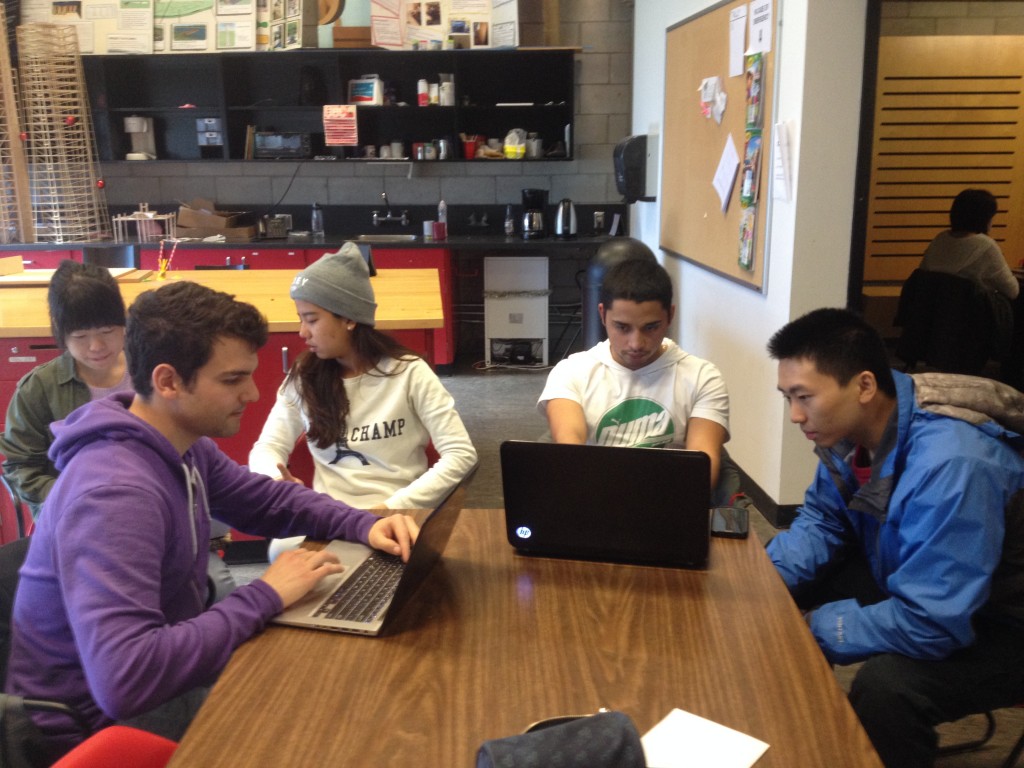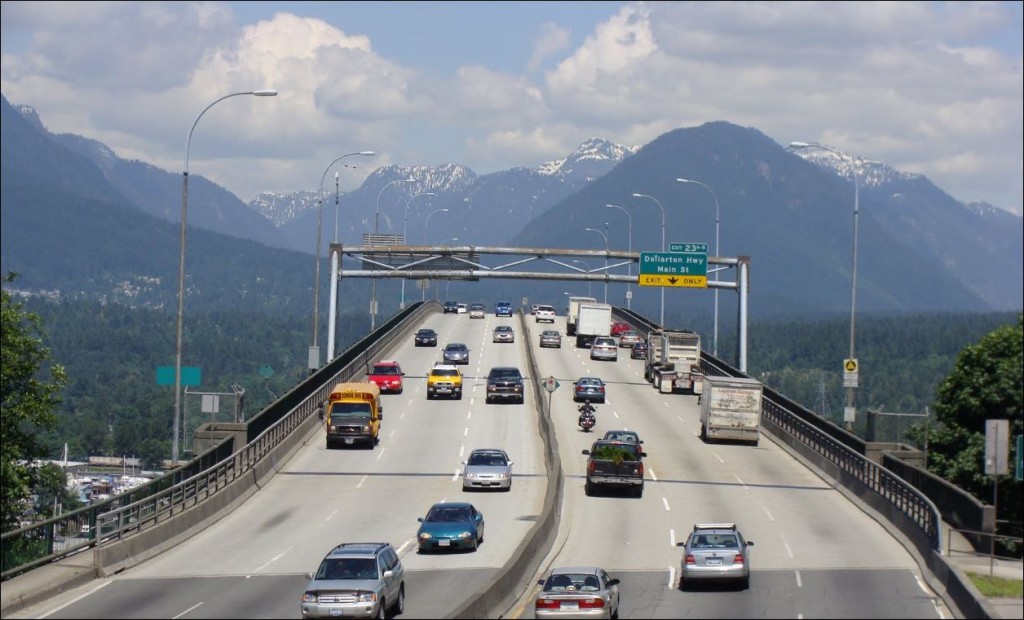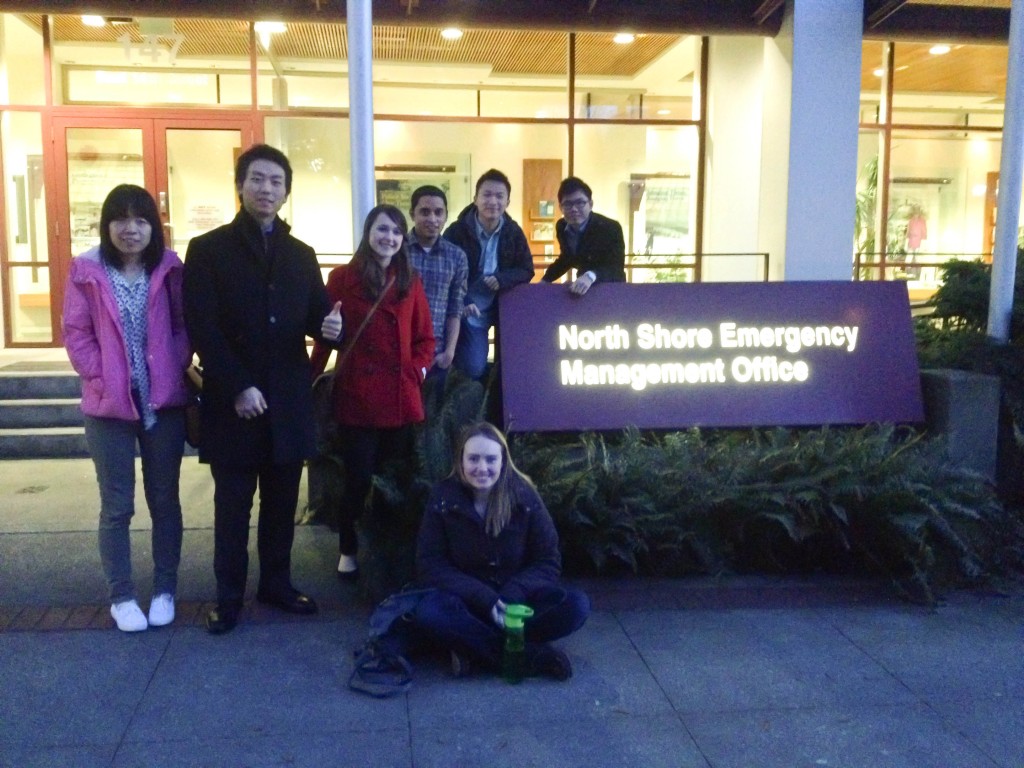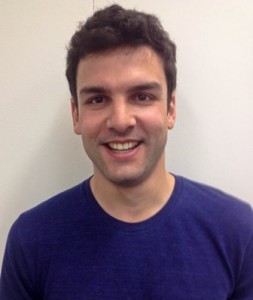The project is mostly complete and NSEMO has received the requested work. Our combination of written and photographic injects will effectively assist our client in conducting their earthquake simulation exercise in June. This blog post provides a recap and reflection of our implementation process.
Review of the Implementation Process
Our implementation plan is well-documented in previous blog posts. The main labour involved preparing the injects for our client, which required the following steps:
- Identifying simulated earthquake damage sites
- Collecting photos of sites for photo injects using Google Street View
- Modifying photos to include earthquake damage using Adobe Photoshop
- Composing written injects using Microsoft Word
- Compiling all injects and formatting them for uniformity
Another large task ahead was delivery of the injects to the client. We had understood that we were to provide a presentation to them, which would have required preparation and a trip to their office for delivery.
What Went Well
The key to our success was our teamwork and communication. By setting aggressive deadlines and dividing work between members into manageable loads, we were able to create the 50 required injects within the project timelines. Expectations from other group members were clear, which allowed all members to understand what was required from them and deliver. There was a positive group dynamic which allowed for comfortable communication and collaboration.
One concern going into the project was learning and using Photoshop to create doctored photos. Only a few members were familiar with the program beforehand. Also, most of us did not have a copy installed on our computers. We discovered that a month-long free trial version of the software was available for download from the Adobe website, which allowed each of us to have a copy on our personal computers for the duration of the project. Each member took it upon themselves to learn the software, which turned out to be quite intuitive. There were few issues with completing the Photoshop work thanks to all members’ adaptability and willingness to learn.
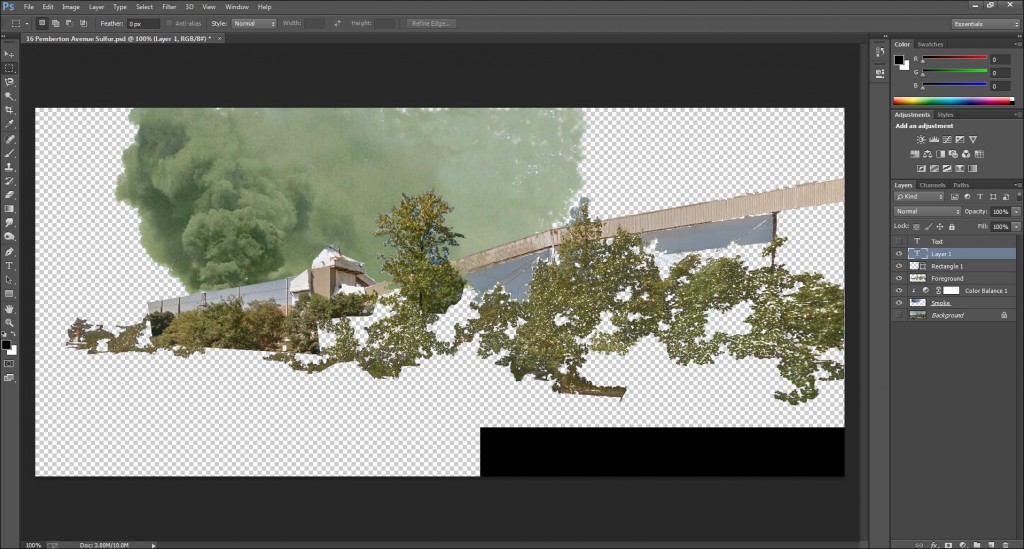
Photo injects were created using Adobe Photoshop to layer composite images depicting earthquake damage.
Ensuring quality and uniformity of injects was another possible hurdle, and this was overcome by foresight and communication. Before any injects were created, we agreed on a file naming convention and created a shared Google Drive folder for completed work. Establishing this framework beforehand saved a large amount of formatting work later.
Unexpected Hurdles
In general, the project went extremely well with few major issues. We did however meet some minor issues communicating with our client at NSEMO. Meeting with NSEMO, our contact indicated wanting frequent updates on our progress, and we received feedback that our updates were too infrequent in the initial phases of the project. We remedied the situation and provided weekly updates to NSEMO.
Our group had met early in the project to establish our timelines and milestones and established a schedule that would ensure completion of the project by the allotted deadline, but our schedule also considered our workload in other courses. Because we were busy in early February with midterms and such, we did not make much progress on this project at that time and, as such, did not have updates to report. Although the project was very much under control and not being neglected, our client likely became concerned.
Reflecting on this, we could have avoided this situation by sharing our work schedule with our client so that they were aware of milestones, deadlines and quiet periods. Also, having foreseen a deviation from the weekly updates schedule, we could have indicated a date to expect the next update.
Deviations from the Implementation Plan
Creating the injects proceeded exactly according to our implementation plan. However delivering the injects to our client was modified based on a change from our client.
We had originally planned to schedule a meeting with NSEMO and deliver a presentation with our injects. However, as our project proceeded, NSEMO requested that we simply share our Google Drive folder with them so that they could download the injects directly. Instead of preparing a presentation, work shifted to making our Google Drive folder presentable and ready for use by our client.
What We Achieved
In the end, we successfully created 50 injects for NSEMO’s Operation Windshield. These were a combination of written and photographic injects that describe and depict earthquake damage at sites in North Vancouver and West Vancouver. While we are unable to share our deliverables on this blog due to their sensitive nature, flipping through our collection of modified photos captures the magnitude of what we have accomplished, and NSEMO has indicated satisfaction with the results.
